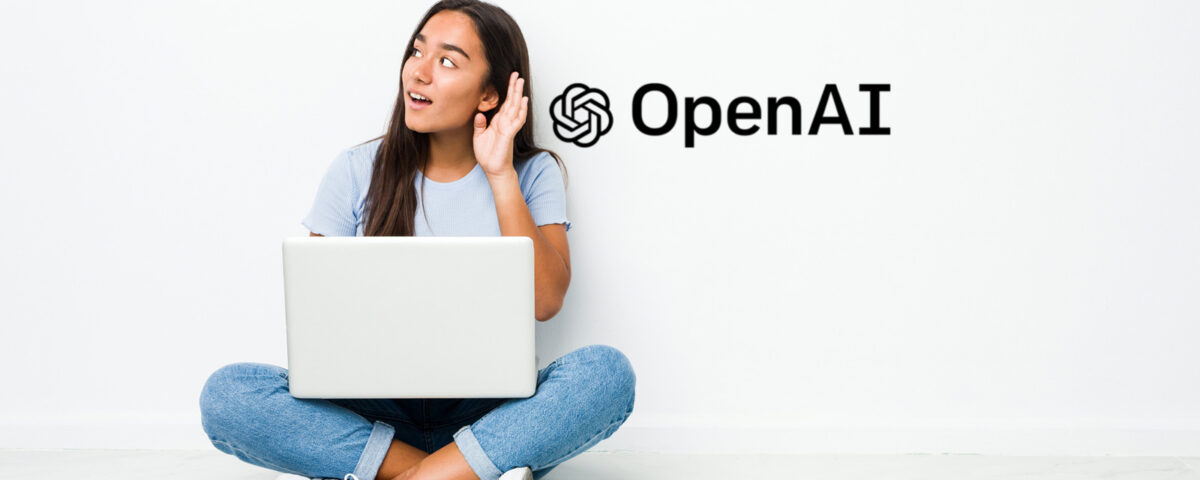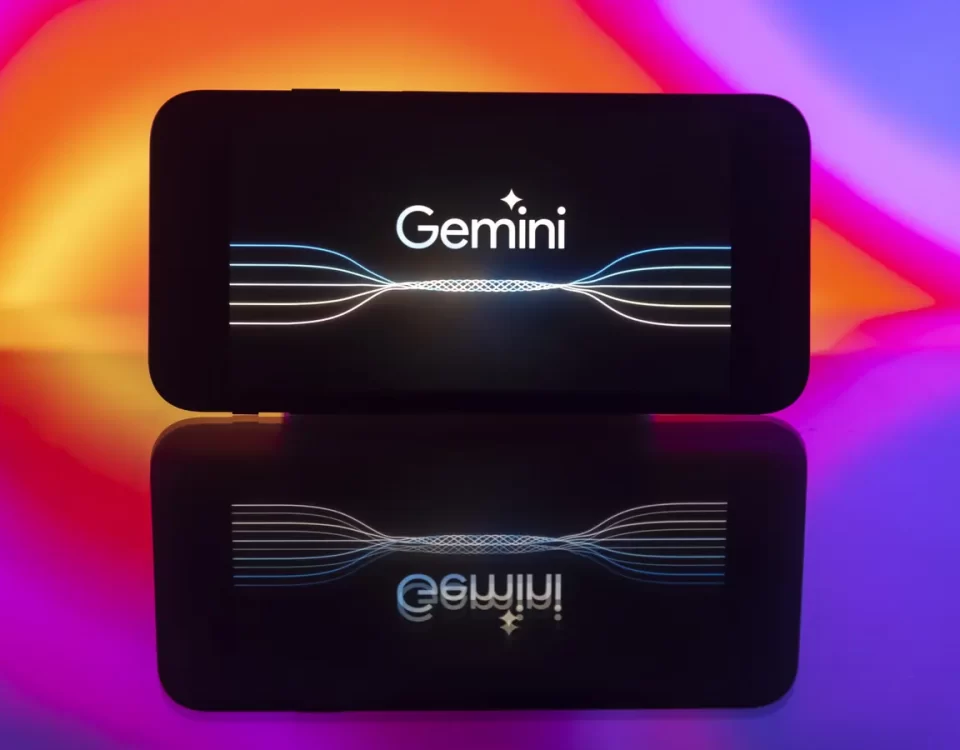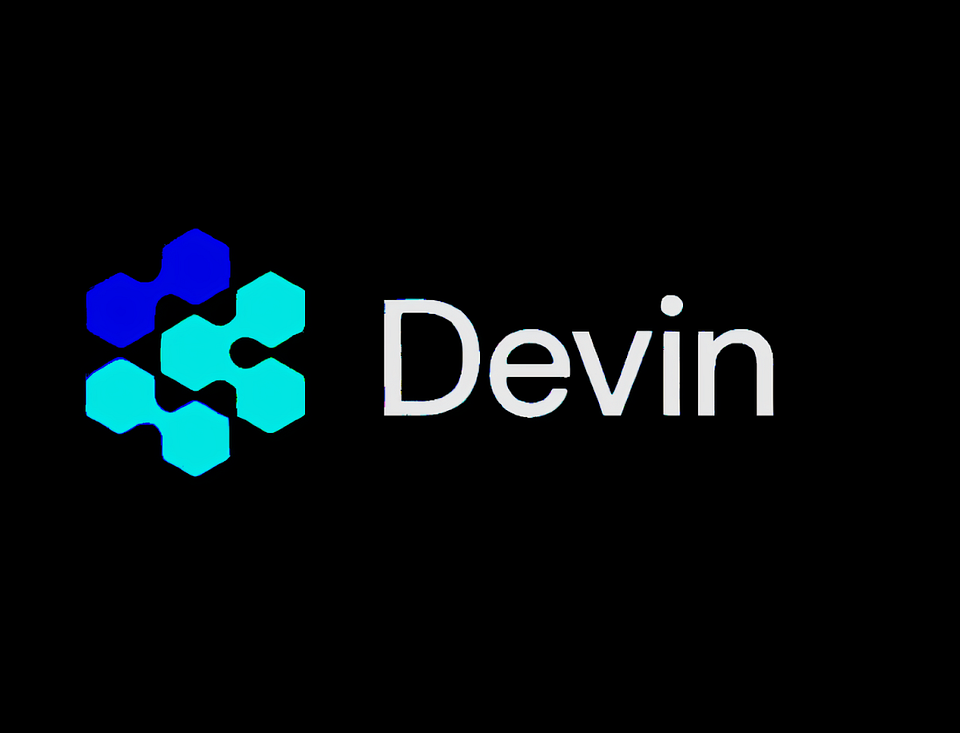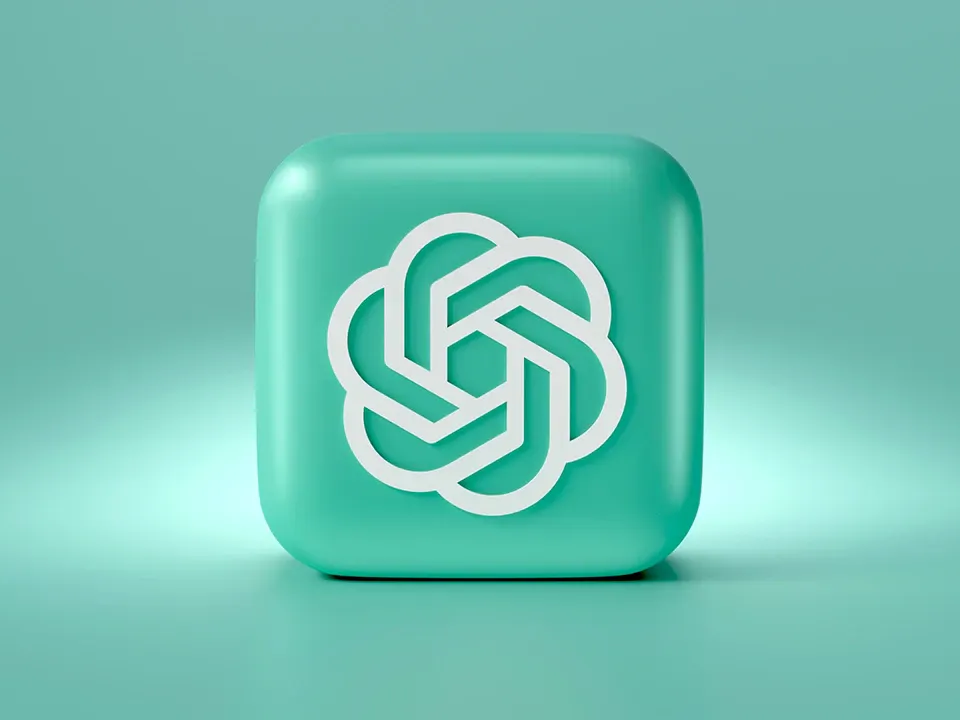What is ChatGPT?

Video Game Bots: Static vs. Dynamic, Bot vs. NPC, and the Future of Bots
20th January 2023
What Does In-App Purchases Mean?
13th February 2023OpenAI introduced a long-form question-answering AI called ChatGPT that answers complex questions conversationally.
It’s a revolutionary technology because it is trained to learn what humans mean when they ask a question.
Many users are awed at its ability to provide human-quality responses, inspiring the feeling that it may eventually have the power to disrupt how humans interact with computers and change how information is retrieved.
What Is ChatGPT?
ChatGPT is a large language model chatbot developed by OpenAI based on GPT-3.5. It has a remarkable ability to interact in conversational dialogue form and provide responses that can appear surprisingly human.
Large language models perform the task of predicting the next word in a series of words.
Reinforcement Learning with Human Feedback (RLHF) is an additional layer of training that uses human feedback to help ChatGPT learn the ability to follow directions and generate responses that are satisfactory to humans.
Who Built ChatGPT?
ChatGPT was created by San Francisco-based artificial intelligence company OpenAI. OpenAI Inc. is the non-profit parent company of the for-profit OpenAI LP.
OpenAI is famous for its well-known DALL·E, a deep-learning model that generates images from text instructions called prompts.
The CEO is Sam Altman, who previously was president of Y Combinator.
Microsoft is a partner and investor in the amount of $1 billion dollars. They jointly developed the Azure AI Platform.
Large Language Models
ChatGPT is a large language model (LLM). Large Language Models (LLMs) are trained with massive amounts of data to accurately predict what word comes next in a sentence.
It was discovered that increasing the amount of data increased the ability of the language models to do more.
According to Stanford University LLMs predict the next word in a series of words in a sentence and the next sentences – kind of like autocomplete, but at a mind-bending scale.
This ability allows them to write paragraphs and entire pages of content.
But LLMs are limited in that they don’t always understand exactly what a human wants.
And that’s where ChatGPT improves on state of the art, with the aforementioned Reinforcement Learning with Human Feedback (RLHF) training.
How Was ChatGPT Trained?
GPT-3.5 was trained on massive amounts of data about code and information from the internet, including sources like Reddit discussions, to help ChatGPT learn dialogue and attain a human style of responding.
ChatGPT was also trained using human feedback (a technique called Reinforcement Learning with Human Feedback) so that the AI learned what humans expected when they asked a question. Training the LLM this way is revolutionary because it goes beyond simply training the LLM to predict the next word.
The engineers who built ChatGPT hired contractors (called labelers) to rate the outputs of the two systems, GPT-3 and the new InstructGPT (a “sibling model” of ChatGPT).
Based on the ratings, the researchers came to the following conclusions:
“Overall, our results indicate that fine-tuning large language models using human preferences significantly improves their behavior on a wide range of tasks, though much work remains to be done to improve their safety and reliability.”
What sets ChatGPT apart from a simple chatbot is that it was specifically trained to understand the human intent in a question and provide helpful, truthful, and harmless answers.
Because of that training, ChatGPT may challenge certain questions and discard parts of the question that don’t make sense.
Another research paper related to ChatGPT shows how they trained the AI to predict what humans preferred.
The researchers noticed that the metrics used to rate the outputs of natural language processing AI resulted in machines that scored well on the metrics, but didn’t align with what humans expected.
The following is how the researchers explained the problem:
“Many machine learning applications optimize simple metrics which are only rough proxies for what the designer intends. This can lead to problems, such as YouTube recommendations promoting click-bait.”
So the solution they designed was to create an AI that could output answers optimized to what humans preferred.
To do that, they trained the AI using datasets of human comparisons between different answers so that the machine became better at predicting what humans judged to be satisfactory answers.
The paper shares that training was done by summarizing Reddit posts and also tested on summarizing news.
“In this work, we show that it is possible to significantly improve summary quality by training a model to optimize for human preferences.
We collect a large, high-quality dataset of human comparisons between summaries, train a model to predict the human-preferred summary, and use that model as a reward function to fine-tune a summarization policy using reinforcement learning.”
What are the Limitations of ChatGPT?
Limitations on Toxic Response
ChatGPT is specifically programmed not to provide toxic or harmful responses. So it will avoid answering those kinds of questions.
Quality of Answers Depends on Quality of Directions
An important limitation of ChatGPT is that the quality of the output depends on the quality of the input. In other words, expert directions (prompts) generate better answers.
Answers Are Not Always Correct
Another limitation is that because it is trained to provide answers that feel right to humans, the answers can trick humans that the output is correct.
Many users discovered that ChatGPT can provide incorrect answers, including some that are wildly incorrect.
The moderators at the coding Q&A website Stack Overflow may have discovered an unintended consequence of answers that feel right to humans.
Stack Overflow was flooded with user responses generated from ChatGPT that appeared to be correct, but a great many were wrong answers.
The thousands of answers overwhelmed the volunteer moderator team, prompting the administrators to enact a ban against any users who post answers generated from ChatGPT.
The primary problem is that while the answers which ChatGPT produces have a high rate of being incorrect, they typically “look like” they “might” be good…”
The experience of Stack Overflow moderators with wrong ChatGPT answers that look right is something that OpenAI, the makers of ChatGPT, are aware of and warned about in their announcement of the new technology.
OpenAI Explains Limitations of ChatGPT
The OpenAI announcement offered this caveat:
“ChatGPT sometimes writes plausible-sounding but incorrect or nonsensical answers.
Fixing this issue is challenging, as:
(1) during RL training, there’s currently no source of truth;
(2) training the model to be more cautious causes it to decline questions that it can answer correctly; and
(3) supervised training misleads the model because the ideal answer depends on what the model knows, rather than what the human demonstrator knows.”
Is ChatGPT Free To Use?
The use of ChatGPT is currently free during the “research preview” time.
The chatbot is currently open for users to try out and provide feedback on the responses so that the AI can become better at answering questions and to learn from its mistakes.
ChatGPT can write code, poems, songs, and even short stories in the style of a specific author.
The expertise in following directions elevates ChatGPT from an information source to a tool that can be asked to accomplish a task.
This makes it useful for writing an essay on virtually any topic.
ChatGPT can function as a tool for generating outlines for articles or even entire novels.
It will provide a response for virtually any task that can be answered with written text.
For more information visit us





